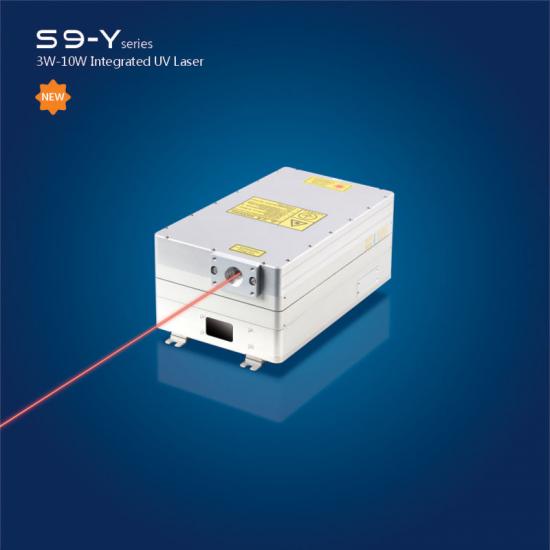Latest Blog
Diode-pumped UV laser 355nm is recommended for those with high requirements on marking effect
Jun 27 , 2022Diode-pumped UV laser 355nm is recommended for those with high requirements on marking effect
Infrared YAG lasers are widely used laser sources in material processing. However, many plastics and some polymers (such as polyimides) that are used in large quantities as the base material for flexible circuit boards cannot be finely processed by infrared processing or "thermal" processing. Because "heat" deforms the plastic, creating damage in the form of char on the cut or drilled edges, which can lead to structural weakening and parasitic conductive paths, some post-processing steps have to be added to improve the quality of the process. Therefore, infrared lasers are not suitable for the processing of some flexible circuits. In addition, even at high energy densities, the wavelengths of infrared lasers cannot be absorbed by copper, which severely limits its use.
The difference between UV laser and infrared laser, UV laser is recommended for those with high requirements on marking effect

uv laser | green laser | Ultraviolet lasers | uv dpss laser | nanosecond laser | UV laser source | Solid State Lasers
The output wavelength of UV lasers is below 0.4 μm, which is the main advantage of processing polymer materials. Unlike IR machining, UV microprocessing is not a heat treatment per se, and most materials absorb UV light more readily than IR light. High-energy UV photons directly break molecular bonds on the surface of many non-metallic materials, and parts processed with this "cold" photoetching process have smooth edges and minimal charring. Moreover, the characteristic of the short wavelength of UV itself has advantages for the mechanical microprocessing of metals and polymers. It can be focused to sub-micron number of spots, so it can be processed for fine parts, even at low pulse energy levels, high energy density can be obtained, efficient material processing, micro holes in the industrial world The application in has been quite extensive.
The difference between UV laser and infrared laser, UV laser is recommended for those with high requirements on marking effect
There are two main ways to form:
One is to use an infrared laser: the material on the surface of the material is heated and vaporized (evaporated) to remove the material, which is often referred to as thermal processing. Mainly use YAG laser (wavelength is 1.06μm).
The second is to use ultraviolet lasers: high-energy ultraviolet photons directly destroy the molecular bonds on the surface of many non-metallic materials, so that the molecules are separated from the object. This method does not generate high heat, so it is called cold processing, mainly using ultraviolet lasers (wavelength: 355nm).
By comparison, it can be seen that the ultraviolet laser can perform fine marking and marking of special materials due to its small focusing spot and very small processing heat affected zone. It is the product of choice for customers who have high requirements for marking effects.